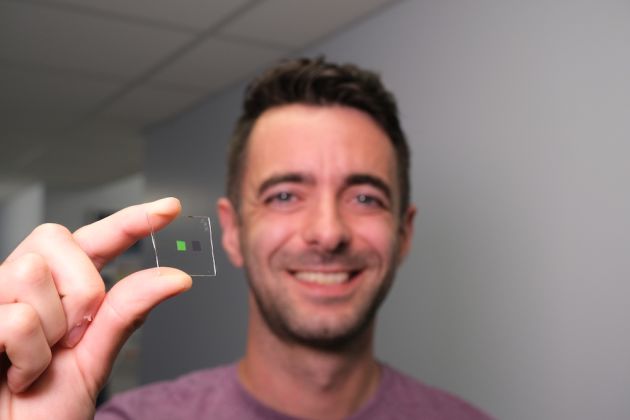
Counterfeit whisky targeted by artificial ‘tongue’
The crackdown on counterfeit whisky has a new ally: an artificial ‘tongue’ developed by scientists from the University of Glasgow.
In tests, the ‘tongue’ was able to identify differences between whiskies with greater than 99% accuracy.
It could distinguish between the same whisky aged in different barrels and could also tell the difference between the same whisky aged for 12, 15 and 18 years.
A selection of whiskies from Glenfiddich, Glen Marnoch and Laphroaig were used to test the technology.
The ‘tongue’ uses sub-microscopic samples of gold and aluminium arranged in a checkerboard pattern. How the two elements absorb light when submerged in liquid reveals the liquid’s chemical composition.
Details of the new technology were published in Nanoscale, a journal of the Royal Society of Chemistry, yesterday.
Dr Alasdair Clark of the university’s School of Engineering, who led the project, said: “We call this an artificial tongue because it acts similarly to a human tongue – like us, it can’t identify the individual chemicals which make coffee taste different to apple juice but it can easily tell the difference between these complex chemical mixtures.
“We’re not the first researchers to make an artificial tongue, but we’re the first to make a single artificial tongue that uses two different types of nanoscale metal ‘tastebuds’, which provides more information about the ‘taste’ of each sample and allows a faster and more accurate response.
“In addition to its obvious potential for use in identifying counterfeit alcohols, it could be used in food safety testing, quality control, security – really any area where a portable, reusable method of tasting would be useful.”




